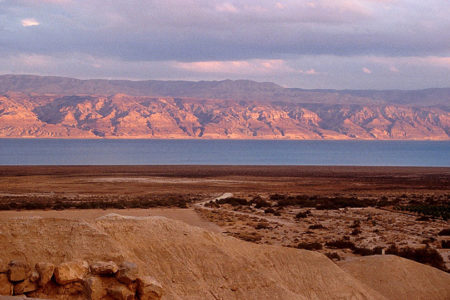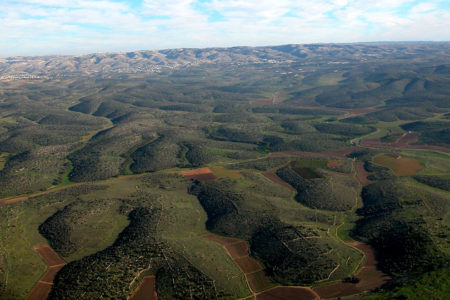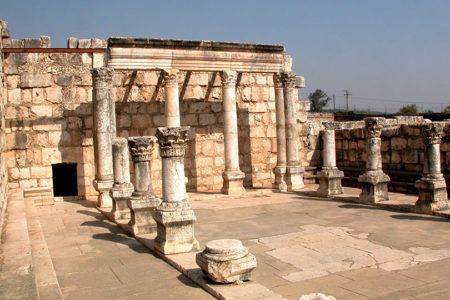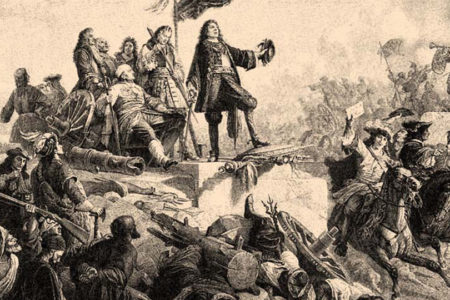Sixty Years From Now
While rummaging through some photos recently, I ran across a picture of the Corrie ten Boom tree of honor at the upper end of the Street of Righteous Gentiles at the Yad Vashem Holocaust memorial in Jerusalem. On May 8, 1945, we celebrated Victory in Europe. Today, 61 years later, thousands of visitors look for the small tree and plaque dedicated to the heroism and courage of Corrie ten Boom. I suppose the majority of visitors are elderly and have vivid memories of the World War II years or know her story through her book The Hiding Place or the motion picture by the same name.
Corrie was a Dutch Christian who, along with her family, risked everything to rescue Jewish people and others who were being hunted down and murdered by the Nazis. It was, she said, their way as a family to live out their Christian faith. When her father, Casper, was asked by a friend if he knew he could be killed for helping Jews, he answered, “It would be an honor to give my life for God’s ancient people.” He died 10 days after being imprisoned by the Nazis.
When the ten Booms were betrayed to the Gestapo in February 1944, they were shipped off to various concentration camps where all except Corrie died or, as in the case of a nephew, disappeared. The nephew was incarcerated at the notorious Bergen Belsen death camp.
The ten Boom story is one to remember, and we do. Here were people willing to suffer and die because it was the Christian thing to do. And for their commitment, they paid the ultimate price.
Mementos of the family’s activities and the “hiding place room” can be seen today at the ten Boom house-museum in Haarlem, Holland. And we also have the tree, standing amid hundreds of memorial carob trees, along the Street of Righteous Gentiles at Yad Vashem, dedicated to the memory of people all over Europe who willingly risked their lives to shelter a suffering people.
Nina Katz is a Holocaust survivor who spent her teen years in forced-labor, Nazi work camps. After the war she came to America, where she twice served as president of Hadassah and was among the prominent speakers at functions memorializing the Holocaust. A few years ago Nina shared her thoughts with me about Corrie ten Boom.
“We were like soul sisters,” she said. “She was like a modern-day prophet. Corrie was deeply spiritual. We talked and talked, and, yes, we wept when we remembered those dark days….One day I said to Corrie, ‘We Jews, because of who we were, had no choice. You and your family did. You knew that if you were caught hiding Jews, it would cost you your life. Still you did it. Why?’ I will never forget the way she looked at me.”
“Oh, my child,” Corrie told Nina. “My father felt that he, too, had no choice. As a good Christian, he had to do what he could to save God’s Chosen People.”
“The ten Booms were good Christians,” Nina remembered. “I think often about them and how, while the world stood silent as 6 million perished, a simple watchmaker could feel so deeply.”
As I read other accounts and talk to people who survived Hitler’s horror, I wonder—I really do.
Looking at Europe today, we are witnessing an ominous rise in anti-Israel/anti-Jewish sentiment. Much of it parallels the pre-World War II radicalism that paved the way for Hitler and his henchmen. Neo-Nazism, coupled with anti-Semitic, Islamic militancy, is again goose-stepping its way into the subculture.
Meanwhile, the major Protestant denominations that nurtured the spirit of the ten Booms and multiple thousands of others to love and aid Jewish people have turned in another direction. Having rejected biblical orthodoxy in favor of neoagnosticism, functional atheism, and leftist politics, they have nothing in common with Christians who understand and cherish a commitment to the Jewish people and Israel.
Which brings me to my wondering. Sixty-one years after the Holocaust and victory in Europe, we can walk the Street of Righteous Gentiles in Jerusalem and spend days pausing before the carob trees, reading the plaques memorializing the Gentiles who cared enough. But, I wonder, if trends continue to worsen, as they seem to be, and we were to return 60 years from now, how many carob trees and memorial plaques would there be honoring the sacrifices of this generation?
I think the answer would tell us what kind of stuff we were made of and whether the “Christian thing to do” in our lifetimes amounted to more than blowing words into the wind.







